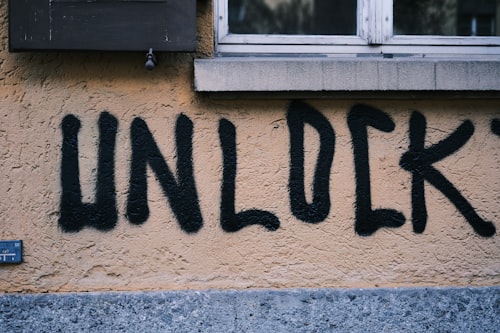Check verification plays a crucial role in ensuring the authenticity and reliability of financial transactions. However, there is an additional layer of security and credibility that can be achieved through check verification - check verification. In this comprehensive guide, we will explore the concept of check verification and its significance in various domains. Join us as we unravel the power of check verification and how it can benefit individuals, businesses, and organizations alike.
Understanding Check Verification
Check verification is a process that goes beyond simply validating the authenticity of a check. It involves a more comprehensive evaluation of the check and the entities associated with it. Check verification typically includes verifying the check issuer's identity, confirming the legitimacy of the issuing bank or financial institution, and ensuring that the check is not counterfeit or altered.
By leveraging check verification, individuals and businesses can have increased confidence in the checks they receive, minimizing the risk of accepting fraudulent or unreliable payments.
The Benefits of Check Verification
Check verification offers numerous benefits to individuals, businesses, and organizations. Let's explore some of the key advantages:
1. Enhanced Security
Check verification adds an extra layer of security to financial transactions. By verifying checks, you can significantly reduce the risk of accepting counterfeit or altered checks. This helps protect your financial interests and prevents potential losses.
2. Credibility and Trust
For businesses and organizations, check verification adds credibility and trust to their operations. When you display a "Check Verified" logo or label, it instills confidence in customers, partners, and stakeholders. It signifies that you take financial security seriously and are committed to maintaining the highest standards of integrity.
3. Fraud Prevention
Check verification is an effective tool in preventing check fraud. It enables you to identify fraudulent checks and avoid accepting them as valid payments. By using reliable check verification services and implementing best practices, you can safeguard your financial transactions and protect your business from financial losses.
Methods of Check Verification
There are several methods available for check verification, depending on the specific requirements and context. Let's explore some of the common methods:
1. Verification Services
Check verification services, such as the Treasury Check Verification System (TCVS) provided by the U.S. Department of the Treasury, offer dedicated platforms to verify checks. These services utilize sophisticated algorithms and databases to validate checks, ensuring their authenticity and legitimacy. By leveraging these services, individuals and businesses can quickly and accurately verify checks.
2. Financial Institutions
Financial institutions, such as banks and credit unions, can also assist with check verification. By contacting the issuing bank directly, you can verify the check's authenticity and gather additional information about the account holder or issuer. This method is particularly useful when dealing with high-value checks or when you have a pre-existing relationship with the bank.
3. Online Platforms and Tools
Online platforms and tools offer convenient ways to verify checks. For example, platforms like E-Verify provide online check verification services, while other websites may offer tools specifically designed for check verification. These tools often require you to input relevant information from the check, such as the check number, account number, and issuer details, to validate its authenticity.
Commonly Asked Questions about Check Verification
Let's address some commonly asked questions to further enhance your
understanding of check verification:
1. Is check verification mandatory?
Check verification is not mandatory but highly recommended to minimize financial risks and prevent fraud. While it may require additional effort and investment, the benefits of check verification far outweigh the potential consequences of accepting fraudulent checks.
2. Can I verify a check on my own without using a service?
While it is possible to manually verify some aspects of a check, such as the issuer's information, utilizing professional check verification services or tools is highly recommended. These services have access to extensive databases and advanced algorithms, enabling them to provide more accurate and reliable results.
3. Can check verification guarantee 100% fraud prevention?
While check verification significantly reduces the risk of accepting fraudulent checks, it does not guarantee absolute fraud prevention. Fraudsters continually devise new methods to deceive verification systems. However, by using reputable check verification services, implementing internal controls, and staying vigilant, you can greatly minimize the chances of falling victim to check fraud.
4. How can I integrate check verification into my business processes?
Integrating check verification into your business processes can be achieved by partnering with check verification service providers or incorporating check verification tools into your existing systems. Consult with the service provider or your IT team to determine the best integration method that suits your business requirements.
With the power of check verification, individuals and businesses can strengthen their financial security, establish trust, and prevent fraud. Embrace the benefits of check verification and unlock a new level of confidence and reliability in your financial transactions.
[Blog Title: Check Verified: Unlocking the Power of Verified Checks]
[Meta Title: Check Verification Demystified: Harnessing the Power of Check Verification]
[Meta Description: Discover the importance and benefits of check verification. Understand the methods of check verification and how they enhance security, credibility, and fraud prevention. Answering common questions about check verification.]



